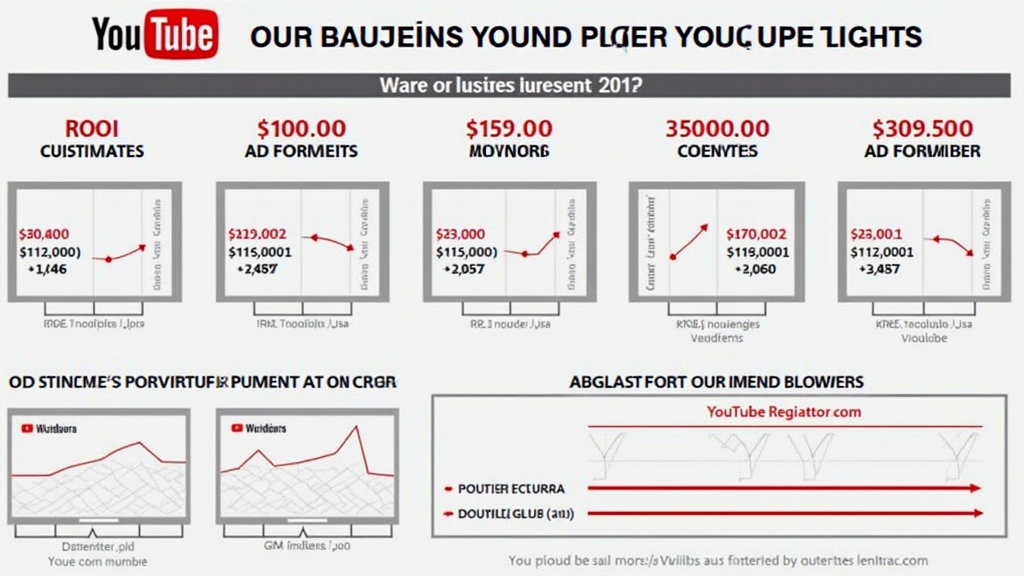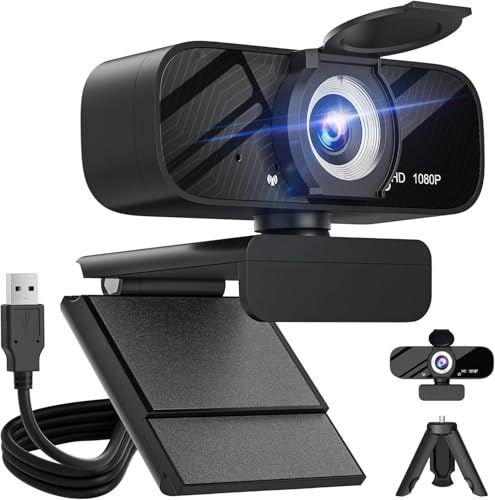Mastering YouTube Ads Budgeting: A Comprehensive Guide for Marketers
Introduction
Understanding the Importance of YouTube Ads Budgeting
YouTube ads can be a powerful tool for reaching your audience, but managing your budget effectively is crucial. Proper budgeting helps you maximize your return on investment (ROI) and ensures that every dollar spent contributes to your marketing goals. By mastering YouTube ads budgeting, you can create campaigns that not only engage viewers but also drive conversions. In this guide, we will explore key components of a successful YouTube ads budget, different ad formats and their costs, and strategies to optimize your spending.
Key Components of a YouTube Ads Budget
Setting Clear Advertising Goals
Before diving into budgeting, it’s essential to set clear advertising goals. Are you looking to increase brand awareness, generate leads, or drive sales? Your objectives will influence how much you should allocate to each campaign. For instance, if you’re focused on brand awareness, you might invest more in skippable ads that reach a broader audience. On the other hand, if lead generation is your priority, consider allocating funds towards targeted campaigns with specific calls-to-action.
Identifying Target Audience and Reach
Understanding who your target audience is plays a significant role in budgeting for YouTube ads. The more defined your audience is, the better you can tailor your content and spending. Research demographics such as age, gender, interests, and viewing habits to determine where to focus your efforts. This knowledge allows you to allocate funds efficiently by investing in ad placements that are most likely to reach potential customers.
Types of YouTube Ad Formats and Their Costs
Skippable vs. Non-Skippable Ads
YouTube offers various ad formats with different costs associated with them. Skippable ads allow viewers to skip after five seconds; they typically have lower costs per view (CPV). Non-skippable ads must be watched before the viewer can access their desired content; these usually come at a higher price due to guaranteed views.
Bumper Ads and Sponsored Cards
Bumper ads are short six-second videos designed for quick messages; they are cost-effective for brand recall but may require multiple impressions for effectiveness. Sponsored cards promote products within videos without interrupting the viewing experience; while they may not incur direct costs like CPV or CPM models do, they still require careful planning in terms of placement within video content.
Estimating Your YouTube Ad Spend
Cost-Per-View (CPV) vs. Cost-Per-Mille (CPM)
When estimating ad spend on YouTube, understanding CPV and CPM is vital. CPV means you pay when someone views your ad; this model works well if you’re aiming for engagement rather than just impressions. Conversely, CPM charges based on every thousand impressions regardless of whether users interact with the ad or not—ideal for campaigns focused on visibility.
Factors Influencing Your Budget Allocation
Several factors influence how much you’ll need to spend on YouTube advertising:
- Industry Competition: Highly competitive industries may require larger budgets.
- Ad Quality: High-quality creative often results in better performance.
- Target Audience Size: Larger audiences generally mean higher costs.
By considering these elements during budget allocation discussions, you’ll make informed decisions about where best to invest resources.
Creating an Effective YouTube Ads Budget Plan
Setting a Monthly Advertising Budget
To create an effective budget plan for your YouTube ads campaign:
- Determine how much money you can afford monthly.
- Divide this amount across different campaigns based on their importance.
- Ensure flexibility so adjustments can be made as necessary throughout the month based on performance metrics.
This structured approach helps maintain control over spending while allowing room for growth opportunities as they arise.
Allocating Funds for Different Campaigns
Once you’ve established a monthly budget limit:
- Allocate funds according to campaign priorities—higher amounts should go toward high-impact initiatives.
- Consider seasonal trends that might affect consumer behavior when deciding allocations.
- Regularly review performance data from previous campaigns so future budgets reflect what’s working best!
This strategic allocation maximizes overall effectiveness by ensuring resources align closely with business objectives!
Tracking and Analyzing Your Ad Performance
Utilizing YouTube Analytics for Insights
Tracking performance through tools like YouTube Analytics provides valuable insights into how well each campaign performs against its goals! Metrics such as watch time duration help identify which creatives resonate most strongly with viewers—allowing further refinement over time!
Regularly analyzing these statistics enables marketers like yourself not only understand successes but also pinpoint areas needing improvement—leading ultimately back into refining future budgets accordingly!
Adjusting Your Budget Based on Performance Data
As data comes in from ongoing campaigns:
- Be prepared to adjust budgets dynamically based upon real-time results!
- If certain formats yield better returns than others, shift funding toward those areas immediately!
- Likewise, reduce investments where performance lags significantly compared expectations.
Being agile allows marketers to stay ahead of competition while maximizing ROI!
Tips for Maximizing Your YouTube Ads ROI
A/B Testing Your Ad Creatives
A/B testing involves running two versions of an advertisement simultaneously—to see which one performs better! This method helps refine messaging, visuals, or even call-to-action buttons leading to improved engagement rates overall!
Make sure test variations remain distinct enough to provide meaningful insights without overwhelming audiences too frequently!
Leveraging Targeted Audience Segmentation
Using targeted segmentation enhances relevance among viewers increasing likelihood of clicks and conversions! By tailoring messages specifically suited to individual segments’ demographics, interests, and behaviors—you’ll find greater success achieving desired outcomes from limited budgets available!
Consider utilizing remarketing strategies targeting past visitors who showed interest previously—they often convert at higher rates than cold prospects unfamiliar with the brand yet!
Conclusion
Recap of Best Practices in YouTube Ads Budgeting
In summary, effective budgeting is key when leveraging YouTube advertisements successfully! Start by setting clear goals & identifying target audiences then choose appropriate formats wisely while keeping track of analytics continuously adjusting plans accordingly! Implement A/B testing alongside targeted segmentation techniques to maximize returns ultimately driving growth business forward confidently!
📢 Explore More: Continue Your Journey!
If this article helped you understand budgeting better, check out The Ultimate Guide to Creating Engaging Video Content! It covers essential tips that will help enhance viewer engagement through compelling video storytelling techniques effectively!
👉 Click here to read more!














![NEEWER 55W 18"/45cm Ring Light Kit [New Version], 5600K Dimmable ...](https://m.media-amazon.com/images/I/414QLqvZWLL.jpg)








